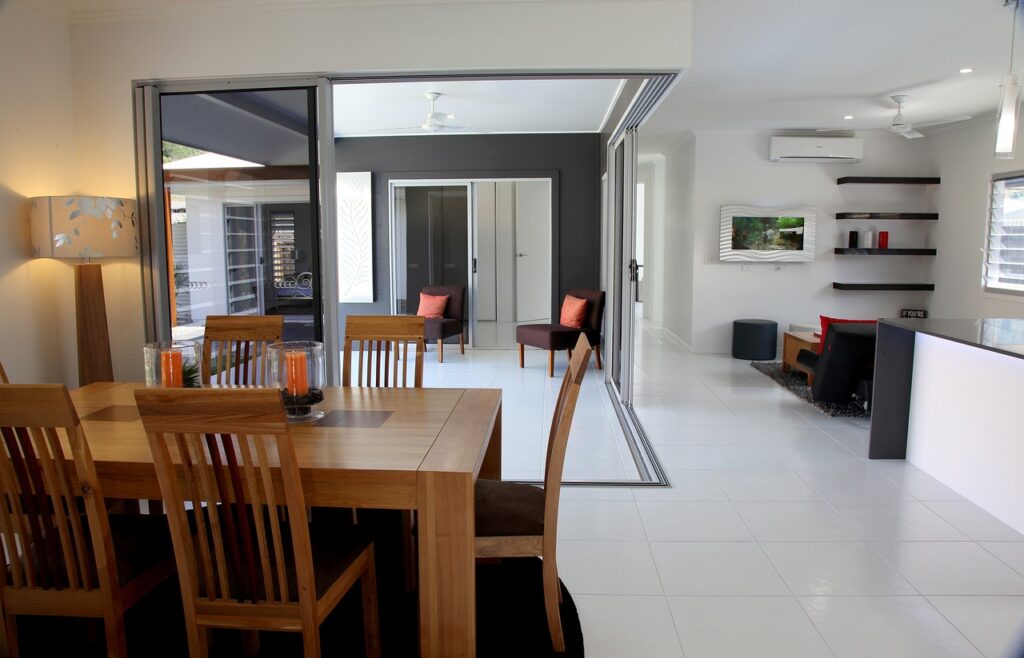
Home is where the heart is, but it should also be a place of comfort, security, and inclusivity for everyone. In British Columbia, a province known for its breathtaking landscapes and diverse communities, the concept of inclusive design has gained significant importance over the years. Ensuring that homes are accessible and accommodating for people of all abilities has become a fundamental aspect of modern architectural and interior design. In this blog post, we’ll explore the significance of inclusive design in British Columbia and how it’s shaping the future of accessible homes.
The Need for Inclusive Design
British Columbia is home to a rich tapestry of cultures and communities, where diversity is celebrated. To truly reflect this diversity and create welcoming environments for everyone, inclusive design is essential. This approach recognizes that individuals have unique needs and abilities, and it aims to create spaces that cater to a broad spectrum of users. It goes beyond mere compliance with accessibility standards; it embodies a mindset of understanding and empathy.
Moreover, an aging population in British Columbia makes inclusive design even more relevant. As individuals grow older, their physical abilities may change, and homes that are designed with inclusivity in mind can help seniors maintain their independence and quality of life. Additionally, accessible homes can make a significant difference in the lives of people with disabilities and their families.
Accessible Homes for All
Creating accessible homes is a multifaceted endeavor that encompasses various aspects of design and construction. Here are some key considerations for inclusive design in British Columbia:
- Universal Design Principles: Universal design seeks to make environments as functional as possible for people of all abilities. Features like wider doorways, lever-style door handles, and zero-step entrances can greatly enhance accessibility in homes.
- Adaptable Living Spaces: Inclusive homes in British Columbia are designed with flexibility in mind. Adaptable living spaces allow for easy modifications to accommodate changing needs. For instance, an adaptable kitchen may have adjustable countertops and cabinets that can be lowered or raised as required.
- Accessible Bathrooms: Bathrooms are crucial spaces in any home, and they should be designed to accommodate various mobility levels. Features such as roll-in showers, grab bars, and ample space for maneuvering a wheelchair are essential in accessible bathrooms.
- Natural Lighting and Sensory Design: Inclusive design goes beyond physical accessibility. It also considers sensory needs. Incorporating ample natural lighting, using contrasting colors for visual clarity, and minimizing noise pollution can make homes more accommodating for individuals with sensory sensitivities.
- Energy Efficiency: Inclusive design in British Columbia often aligns with the province’s commitment to sustainability. Energy-efficient homes are not only cost-effective but also environmentally friendly. Furthermore, energy-efficient homes can provide more consistent and comfortable indoor temperatures, benefiting residents with varying sensitivities to temperature extremes.
- Outdoor Accessibility: Inclusive design isn’t limited to the interiors of homes. The outdoor spaces, including entrances, pathways, and gardens, should also be designed to be accessible. This ensures that residents can enjoy the natural beauty of British Columbia without any hindrances.
Building Regulations and Guidelines
British Columbia has established various building codes, standards, and guidelines to promote inclusive design. For example, the British Columbia Building Code (BCBC) outlines accessibility requirements that must be met in new construction and renovations. It covers areas like barrier-free access, tactile warnings on stairs, and accessible washrooms.
In addition to the BCBC, organizations like the Rick Hansen Foundation have introduced accessibility certifications that promote a more inclusive approach to building design. These certifications are awarded to buildings that go above and beyond the minimum requirements, providing a gold standard for inclusivity in the province.
Challenges and Opportunities
While inclusive design has made significant strides in British Columbia, there are still challenges to overcome. These include the cost of implementing accessible features and the need for increased awareness and education among architects, builders, and homeowners. However, the benefits of inclusive design far outweigh the challenges. Not only does it improve the quality of life for individuals with disabilities and seniors, but it also enhances the resale value of homes and contributes to a more welcoming and inclusive community.
In conclusion, inclusive design is more than just a trend; it’s a fundamental aspect of creating homes that cater to the diverse needs and abilities of the people of British Columbia. It’s about building not just structures but also a sense of belonging and inclusivity. By embracing inclusive design, British Columbia is taking a significant step towards creating a more accessible and equitable future for all its residents. ANd SilverBeam Homes is here to take you through the journey. Whether you’re a homeowner, a designer, or a builder, embracing inclusive design principles can make a world of difference, turning every home into a sanctuary of inclusivity and comfort.
Recent Comments